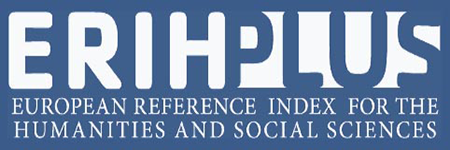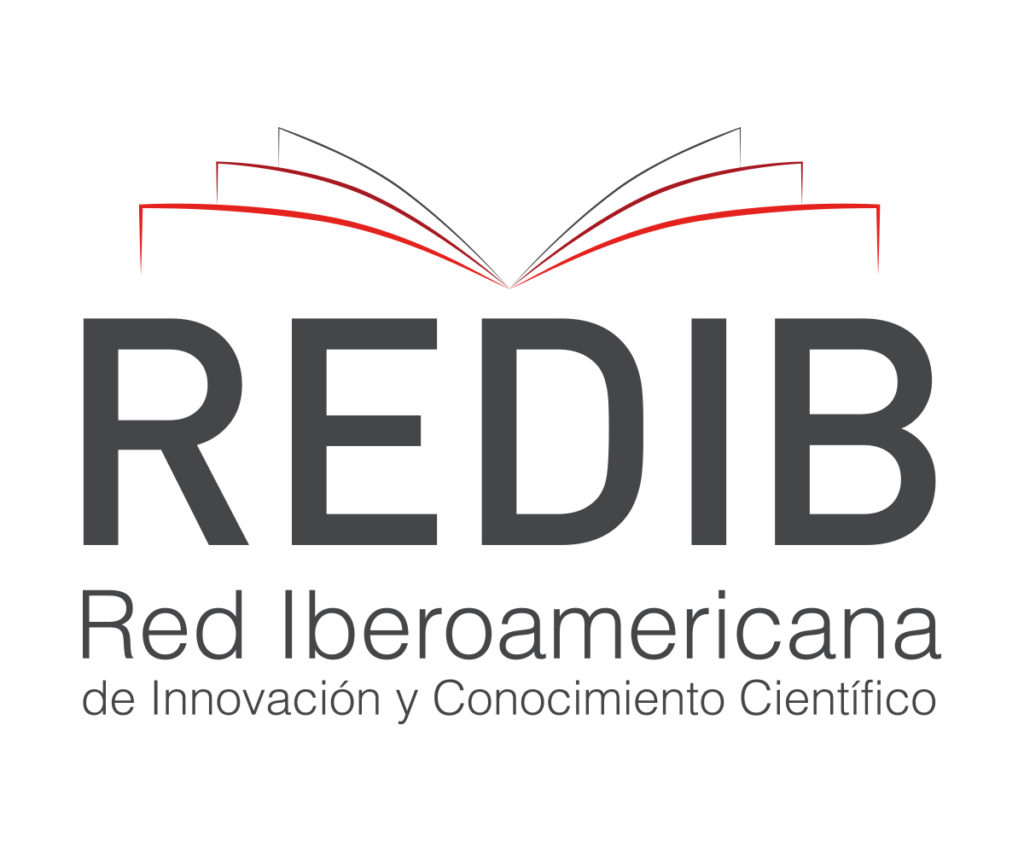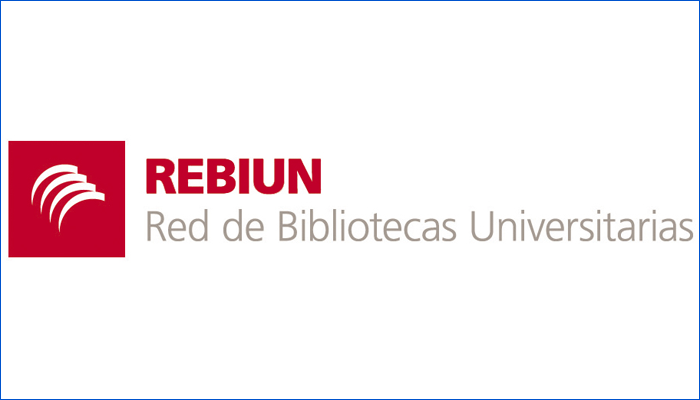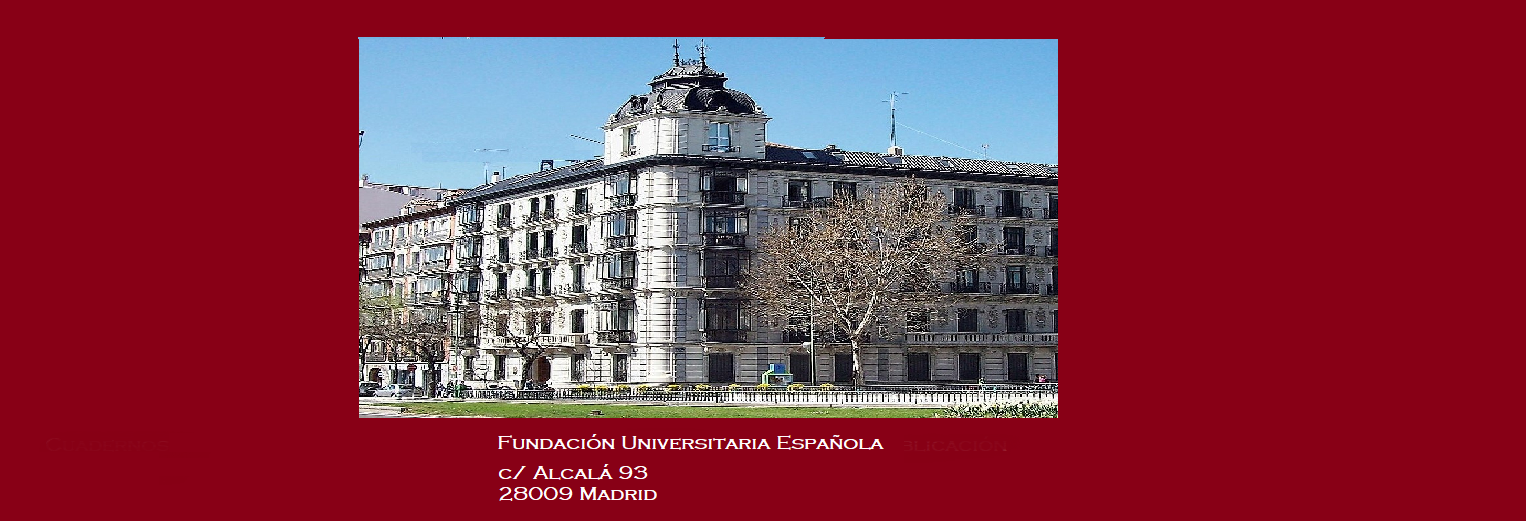The spatial and Sensory Projection in the Courtesan Mythological Comedy «El mayor encanto, amor» by Calderón
DOI:
https://doi.org/10.51743/cilh.vi48.291Keywords:
Spanish Golden Age Theatre, Calderón de la Barca, «El mayor encanto amor», Dramatic Space, SensorialityAbstract
In the present work it is intended to elaborate the analysis of the spatial and sensory projection relative to the courtly mythological comedy El Mayor Encanto, Amor, by Pedro Calderón de la Barca, represented in the Big Pond of the Buen Retiro Palace in July of 1635 at the service of the scenic and technical requirements that a theatrical party of this nature implies according to social conventions and the category of spectator
to whom the piece was intended. In this way, and taking into account the rele-vance that has the construction of the dramatic space in Spanish Golden Age Theatre, this article studies the symbolic and sensory meanings presented by the dramatic space that the playwright designs according to the theatrical text and, of course, without forgetting the set of scenographic, literary and ideological elements with which a mythological festival is configured that functions as the perfect reflection of the society in which it has been generated.
Downloads
Global Statistics ℹ️
|
291
Views
|
239
Downloads
|
|
530
Total
|
|
References
Alvarado Teodorika, Tatiana (2010): «El jardín en el teatro aurisecular. Las comedias mitológicas de Calderón», Actas del XVI Congreso de la Asociación Internacional de Hispanistas (AIH): Nuevos caminos del hispanismo, 2: 145-165. https://cvc.cervantes.es/literatura/aih/pdf/16/aih_16_2_049.pdf [23-10-2021].
Arellano, Ignacio (2000): «Espacios dramáticos en los dramas de Calderón», en Calderón: sistema dramático y técnicas escénicas, ed. F. B. Pedraza Jiménez, R. González Cañal y E. Marcello, Actas de las XXIII Jornadas de Teatro Clásico. Almagro (Cuenca, Universidad de Castilla-La Mancha): 77-106.
Blume, Friedrich (1968): Renacimiento y música barroca. Un estudio comprensivo, Londres, Faber and Faber.
Calderón de la Barca, Pedro (2013): El mayor encanto, amor, ed. A. Ulla Lorenzo, Madrid, Iberoamericana. DOI: https://doi.org/10.31819/9783954872039
Calderón de la Barca, Pedro (2000): La vida es sueño, ed. J. Mª. Ruano de la Haza, Madrid, Castalia.
Calderón de la Barca, Pedro (1981): La vida es sueño, ed. C. Morón Arroyo, Madrid, Cátedra.
Calderón de la Barca, Pedro (1989): La fiera, el rayo y la piedra, ed. A. Egido, Madrid, Cátedra.
Elliot, John H. (2012): El conde-duque de Olivares, Madrid, Crítica.
Núñez Sepúlveda, Ariel (2020): «El sueño de Ulises: la visión onírica en El mayor encanto, amor de Calderón», SciELO, 102, https://www.scielo.cl/scielo.php?script=sci_arttext&pid=S0718-22952020000200061&lang= DOI: https://doi.org/10.4067/S0718-22952020000200061
pt [11-12-2021].
Pacheco, Irene (2021): «La construcción de contrarios en El mayor encanto, amor de Calderón», Hipogrifo, 9.2: 949-960. https://dialnet.unirioja.es/descarga/articulo/8186373.pdf [15-10-2021]. DOI: https://doi.org/10.13035/H.2021.09.02.64
Ruano de la Haza, José María (2000): La puesta en escena en los teatros comerciales del Siglo de Oro, Madrid, Castalia.
Rubiera, Javier (2005): La construcción del espacio en la comedia española del Siglo de Oro, Madrid, Arco/Libros.
Sáez Raposo, Francisco (2011): Monstruos de apariencias llenos. Espacios de representación y espacios representados en el teatro áureo, Bellaterra, Grupo de inestigación Prolope / Universidad Autónoma de Barcelona.
Tirso de Molina (2019): Amar por razón de Estado, ed. F. Sáez Raposo, Nueva York-Madrid, Instituto de Estudios Auriseculares (IDEA)-Instituto de Estudios Tirsianos (IET).
Ulla Lorenzo, Alejandra (2015): «La construcción del espacio en El mayor encanto, amor de Calderón», Cuadernos de literatura ibérica e iberoamericana, 5: 77-98. https://riviste.unimi.it/index.php/tintas/article/download/6612/6556/19789 [10-10-21].
Downloads
Published
How to Cite
Issue
Section
License
The Fundación Universitaria publishing house preserves the copyright of the published works, and favours and allows their reuse, preferably allowing access to the text through DOI, provided that the autorship and the original source are cited and that it is not used for commercial purposes. The signing authors partially transfer the property rights of this work to Fundación Universitaria Española (NIF: G28433670) for the printed and online editions.































